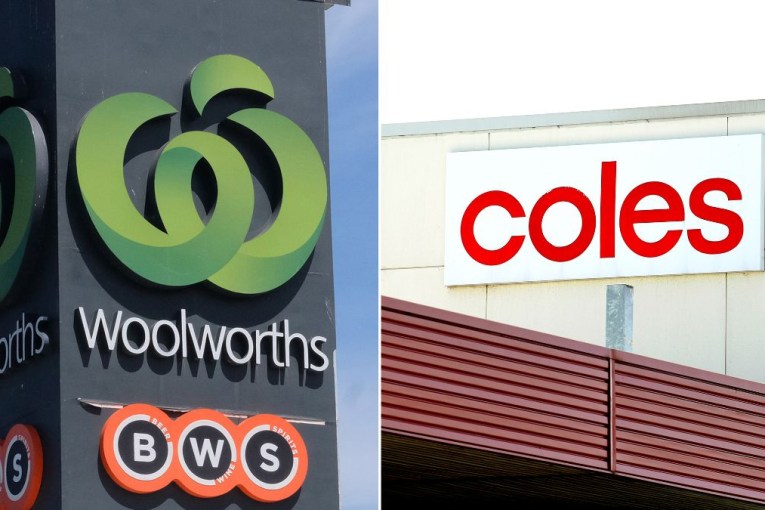Dirty money: The names linked to shocking money laundering report

Banks worldwide are under fire for failing to stop more than $US2 trillion ($2.7 trillion) of suspicious money being funnelled through their systems.
Leaked documents from the US Financial Crimes Enforcement Network (FinCEN) found 90 banks across the globe processed funds with possible ties to crime and corruption.
And some of it traces back to Donald Trump’s associates.
Paul Manafort

Paul Manafort. Photo: Getty
Perhaps the most recognisable figure included in the leaked documents is former chair of Donald Trump’s successful 2016 presidential campaign Paul Manafort.
Manafort, who also advised on the campaigns of Gerald Ford, Ronald Reagan and George HW Bush, was a central player in Special Counsel Robert Mueller’s investigation into Russian interference in the 2016 US election.
Banks began lodging suspicious activity reports (SARs) related to Manafort’s transactions in 2012, long before that scandal broke.
But the banks allowed him to keep transacting even as he became embroiled in one of the largest political scandals the US has ever seen.

Paul Manafort was a central figure in Robert Mueller’s investigations. Photo: Getty
In 2017, JPMorgan Chase – a multinational investment bank based out of New York City – reported more than $US320 million ($437.3 million) in suspicious wire transfers from shell companies linked to Manafort in so-called ‘secrecy jurisdictions’.
Secrecy jurisdictions are effectively tax havens – foreign countries allowing people to circumvent financial laws.
At least $US40 million ($54.6 million) of the money flagged by JPMorgan Chase involved Manafort directly.
The transfers were made between May 2005 and September 2017.
The bank raised concerns over the source of the money, and referred in its SARs to news stories about Manafort receiving secret payments from pro-Russian political parties.
Manafort pleaded guilty to conspiracy to defraud the US and witness tampering in 2019, and was sentenced to seven-and-a-half years behind bars.
Low Taek Jho

Low Taek Jho. Photo: AAP
Malaysian businessman Low Taek Jho – often called Jho Low – was the mastermind behind a scheme to embezzle $US4.5 billion ($6.5 billion) from Malaysia’s sovereign wealth fund, 1Malaysia Development Berhad (1MDB).
That name might sound familiar to fans of 2013’s The Wolf of Wall Street, starring Leonardo DiCaprio and Australian star Margot Robbie.
Investigators believe more than $US100 million ($136.65 million) was channelled out of 1MDB to finance the hit film.

The Wolf of Wall Street was allegedly financed with embezzled funds. Photo: Paramount Pictures/IMDb
Bank of New York Mellon and JPMorgan Chase have reported more than 100 suspicious money transfers linked to Mr Low and 1MDB since 2013.
Among those were more than a dozen wire transfers from companies owned by Mr Low to buy a stake in a hotel near Central Park and a lavish penthouse in downtown New York.
He spent another $US30.5 million ($41.7 million) on original artworks by Vincent van Gogh and Claude Monet.
Former Malaysian prime minister Najib Razak – responsible for establishing the 1MDB fund – was found guilty of a slew of financial crimes earlier in 2020 and faces 12 years in prison.
But, though he is believed to be hiding somewhere in China, Mr Low’s exact whereabouts are unknown.
- Learn more about the investigation here
Ruja Ignatova

Ruja Ignatova. Photo: Twitter
Ruja Ignatova invented a cryptocurrency called OneCoin and convinced investors to buy more than $US4 billion ($5.45 billion) of the tokens.
Only the currency was a fake and the operation a pyramid scheme.
In 2017, Bank of New York Mellon reported more than $US137 million ($187.2 million) in suspicious payments from a network of companies with ties to the fake currency.
These companies, the bank wrote, seemed to be engaged in a practice called ‘layering’ – routing money through several transactions to hide its true source.
The US Justice Department charged Ms Ignatova with conspiracy to commit wire fraud, securities fraud and money laundering in 2019.
Among the documents obtained by prosecutors was an email outlining Ms Ignatova’s ‘exit strategy’ for leaving the business:
Take the money and run, and blame someone else for this,” she wrote.
Ms Ignatova appears to have taken her own advice. She disappeared in 2017 and her current location is unknown.
Meanwhile, her brother, Konstantin Ignatov, has been found guilty by a US court for his involvement in the scheme.
Dmytro Firtash

Dmytro Firtash. Photo: Twitter
Another case with ties to US President Trump’s administration is that of Ukrainian energy baron Dmytro Firtash.
Mr Firtash made billions working as a middleman for a Russian gas company called Gazprom, importing gas to Ukraine at an artificially low price.
He also funnelled money to pro-Russian political groups within Ukraine, and allegedly has ties with Russian organised crime lord Semion Mogilevich.
The FinCEN documents reveal Firtash has moved billions around the world through major UK and US banks since the first SARs were filed as far back as 2003.
One report from 2014 showed Mr Firtash transferred $US1 billion ($1.37 billion) from Nadra Bank (which he owned) through the New York branches of Standard Chartered and Bank of New York Mellon.
Mr Firtash is currently fighting extradition to the US, where he is charged with bribing Indian officials in relation to a multibillion-dollar titanium mining deal.
He has allegedly offered favours to Mr Trump’s lawyer and former New York Mayor Rudy Giuliani.
Media claim Mr Guiliani used documents provided by Mr Firtash to build a case that Democrat presidential nominee Joe Biden tried to have Ukrainian officials fired to protect his son.








